You’ve probably heard the same reasons over and over:
“Avoidants don’t fight for you because…
- ‘They care more about their independence,”
- ‘They’re afraid of being vulnerable,”
- ‘They need to stay in control”
Sure, those reasons play a part, but they only scratch the surface.
There’s a hidden reason almost no one talks about—something far more unsettling than just a fear of vulnerability or a need for independence.
And here’s the kicker: it’s not about control at all.
“They’re afraid that if you fight for them, if they dare to fight back, you’ll discover something they’ve worked their whole lives to keep buried… including from themselves.”
It’s 1917, Swiss Psychologist Carl Jung sits in his study, deep in thought.
He’s gone through a breakup of sorts with this guy, Sigmund Freud, his very best friend.
He’s been wrestling with visions and dreams—strange, unsettling images that won’t leave him alone.
Instead of turning away from these dark thoughts, Jung dives in, using a method he calls “Active Imagination.”
He allows his unconscious mind to speak, and in doing so, he encounters something unexpected: a shadowy figure.
This figure is not just a vision—it’s a reflection of the parts of himself he’s tried to deny:
- His doubts
- His fears
- His vulnerabilities
Jung realizes that every person carries this shadow—hidden, unacknowledged traits we push away. The more we reject them, the stronger they become, lurking in our unconscious.
From this revelation, Jung develops the concept of “The Shadow”—the parts of ourselves we hide, yet must confront if we want to live fully. He writes feverishly, knowing this discovery will shape his understanding of the human psyche for years to come.
In this moment, Jung begins to illuminate the darkness within, believing that only by facing our “shadow” can we become whole.
Ok, that’s a lot to take in. Here’s the point I’m trying to make.
For avoidants especially, the fear of someone staying close or fighting for them is tied to a fear that these hidden, vulnerable parts—their shadow—will be exposed. This includes emotions like fear of rejection, inadequacy, or feeling unworthy of love.
- In avoidants, the “shadow self” might manifest as unresolved attachment wounds, deeply buried fears of dependency, or intense emotional needs they’re uncomfortable acknowledging.
- These are aspects of themselves they’re afraid will surface if someone gets too close, and why they subconsciously prefer to retreat rather than fight for a relationship.
But in order to understand this we need to first grasp the concept of the Facade (and the Magician’s Cloak.)

What Are Your Chances of Getting Your Ex Boyfriend Back?
Take the quizA few months ago I filmed this video. In it, I mention this idea taken directly from an avoidant who literally did the “Active Imagination” technique I talked about with Jung earlier.
What this avoidant found was nothing short of astounding.
- They likened their life to that as a magician always wearing a cloak.
- This cloak represents the performative, constructed identity that you feel compelled to wear to gain love and approval.
- It’s tailored to meet the expectations of others, at the cost of suppressing your true emotions and needs.
Alright, keep all of that in mind as I explain what Carl Jung referred to as “The Facade.”
It’s best to think of the facade and the shadow as two sides of the same coin.
The Facade is the mask we present to the world, also known as the persona.
It’s the socially acceptable version of ourselves, shaped by cultural expectations, family, and personal experiences.
We craft this facade to fit in, to be liked, and to succeed in society. It reflects what we want others to see: confident, strong, kind—whatever traits we believe are most desirable.
Sounds super similar to the magician’s cloak, right?
The Shadow, on the other hand, is made up of the parts of ourselves we hide or deny.
These are the traits and emotions we don’t want to admit we have because they don’t fit the image we’ve created. It could include:
- Anger
- Jealousy
- Insecurity
- Or even desires for Intimacy and Vulnerability—anything we find unacceptable or shameful.
The more we try to perfect our facade, the more we suppress our shadow.
It’s that last sentence that really hammers home the reason most avoidants won’t fight for you.
- You see, the stronger the facade, (or the magician’s cloak) the deeper and more intense the shadow becomes.
- The energy we use to uphold the facade forces unwanted emotions and traits into the unconscious, creating a psychological split.
- Over time, this shadow leaks out in subtle ways—through defensiveness, projection (seeing the traits we dislike in others), or self-sabotage.
For avoidants, this can be particularly powerful. Their facade may present them as independent and emotionally detached, but beneath that exterior, the shadow could contain fears of rejection, intense longing for connection, or vulnerability.
Because they’re afraid of revealing these hidden parts, they distance themselves from close relationships, ensuring that no one gets too close to uncover the shadow they’ve kept locked away.
Basically, the facade and shadow are in constant tension: the more you build up the facade, the more the shadow grows in the unconscious, waiting to be integrated or faced.
But What Exactly Is In This Shadow For Avoidants? What is their internal narrative like?
Well, let’s say we take a normal, non-avoidant person and look at what their internal shadow is like.
You’ll probably get socially undesirable traits like:
- Selfishness
- Anger
- A Fear of Failure
Remember, these are things they don’t like to show but that they can still recognize in themselves.

What Are Your Chances of Getting Your Ex Boyfriend Back?
Take the quizNow, let’s compare that to an Avoidant’s Shadow:
- Fear of Emotional Dependency
The avoidant’s facade is all about being self-reliant, detached, and in control. But deep in their shadow is a fear of being emotionally dependent on someone else. Their internal narrative might be: “I can’t need anyone, because needing someone makes me weak and unworthy.” They fear that if they get too close, they’ll lose their independence and become vulnerable to rejection or pain. - Longing for Connection
Avoidants may consciously avoid intimacy, but in their shadow lies a powerful, often repressed, desire for deep connection. The internal narrative here could be: “I want to be close to someone, but if I let them in, they’ll see the parts of me that aren’t lovable.” They crave connection but have buried that need so deeply that even acknowledging it feels dangerous. - Fear of Being Unworthy or Defective
A common trait in avoidants is a belief that if someone gets too close, they’ll discover something “wrong” with them. Their internal story could be: “If they knew who I really am, they wouldn’t want me.” So, to protect themselves, they push people away, ensuring no one gets close enough to see their perceived flaws. - Guilt and Shame
The shadow for avoidants often includes guilt about hurting others with their emotional distance, but they suppress this guilt to maintain the facade of being unaffected. The internal narrative here might be: “It’s better to stay distant than risk hurting someone or myself.” They feel shame about their inability to maintain relationships, yet they rarely face it directly. - Conflict Between Autonomy and Intimacy
While avoidants value their independence, their shadow holds a deep conflict. The internal dialogue could be: “I want to be close, but I can’t give up control. If I let go of my autonomy, I might lose myself.” This tug-of-war between wanting intimacy and fiercely guarding their independence is a core struggle they often hide.
While someone with a normal shadow can identify and accept their flaws as part of the human experience.
Avoidants tend to bury those same desires and fears much deeper.
Their shadow holds the parts of themselves that conflict with the idealized, independent facade they project.
Facing this shadow means confronting fears of unworthiness, vulnerability, and the possibility that their perceived “strength” is built on emotional avoidance rather than resilience.
And what unfolds is this brutal cycle.
- The closer an avoidant partner tries to get, the more the avoidant clings to their facade of self-reliance.
- On the surface, they seem unphased, but underneath, their shadow—the part of themselves they’ve hidden—grows.
- This shadow whispers fears of vulnerability, unworthiness, and rejection. The avoidant believes that if they let down their guard, they’ll be exposed.
- As the fight for connection continues, the avoidant’s internal tension mounts.
- Instead of breaking down the walls, they reinforce them.
- Eventually, the person fighting for them gives up, confirming the avoidant’s shadow narrative: “Everyone leaves me.”
And here’s the painful truth:
This confirms the avoidant’s deepest fear, but it also reinforces their belief that emotional distance is the only way to survive relationships.
So, the cycle repeats.
Someone tries to love them, but they retreat further into their shadow, proving to themselves, over and over again, that love will only lead to abandonment.
But…… An Interesting Thing Happens When The Shadow Grows Unchecked
Imagine the avoidant’s emotional world as a pipe.
- At first, the pipe works fine; emotions flow through it, but over time, they start to block it.
- Every time the avoidant suppresses a fear, a vulnerability, or a need for connection, it’s like adding more debris into the pipe.
- The facade they cling to—their need to appear independent and unaffected—acts as a valve, preventing any of these feelings from being released.
- But here’s the thing about pressure: it builds. Over time, the pipe gets more and more clogged, and the pressure inside rises.
- Instead of releasing emotions in healthy ways—by opening up or allowing vulnerability—the avoidant tightens the valve even more, refusing to let anything out.
- Eventually, though, the pressure becomes too much. The pipe bursts.
This is when the shadow leaks out.
The avoidant, having clung to their facade, their magician’s cloak for so long, begins to unravel.
Their suppressed emotions—guilt, shame, fear—erupt in ways they can’t control. It might come out as sudden anger, irritability, or even pushing away someone they care about.
The very thing they were avoiding—emotional exposure—comes pouring out in ways that destroy the connection they were trying to protect.
In essence, the more the avoidant holds back, the more likely it is that their hidden emotions will explode, sabotaging relationships and reinforcing their belief that closeness only leads to pain.

What Are Your Chances of Getting Your Ex Boyfriend Back?
Take the quizAnd this does make sense.
Last year I had the pleasure of interviewing this guy, Dr. John Paul Garrison.
In my interview with him he had the following to say about avoidance:
“When you think about avoidant, avoidant is anxiety really, because anxiety is built around the concept of avoidance, we can’t be anxious and not avoid it just comes with the territory.”
Avoidance is anxiety…
At the root of the shadow—especially for avoidants—there is often a deep, underlying anxiety.
The shadow is made up of the parts of ourselves that we reject or deny, and those repressed aspects are often tied to deep fears and insecurities.
We know this, I’ve spent the last ten minutes talking about this.
For avoidants, this likely includes anxiety about being unworthy of love, fear of emotional dependence, or even a fear of losing their sense of self in relationships.
This anxiety drives the avoidant to distance themselves emotionally and hide behind their facade, but it’s also the very thing that causes their shadow to grow. The more they push these fears into the unconscious, the more their anxiety festers, leading to an even stronger need to protect the facade—until the pressure eventually bursts, as we discussed.
So, again, at the core of the avoidant’s shadow lies anxiety: fear of being seen, fear of being hurt, and fear of losing control. This anxiety fuels the cycle of emotional withdrawal and avoidance.
Just about every video I post on this YouTube channel someone who is an avoidant always asks, some variation of:
“I’m avoidant, how do I stop treating other people this way?”
My normal answer is honestly, a little generic. “Hey, work towards being more secure.”
But I actually think that answer is a disservice to the reality of the situation.
I mean take the shadow concept we’ve been talking about here. Jung recommends “integrating your shadow.”
A process that takes at a minimum years, or in some cases a lifetime.
The fundamental problem is that “avoidance” as a defense mechanism is an ingrained behavior, it has been for years. You don’t just wake up one day and decide to throw off your magicians cloak.
So, what do you do? You start small.
- The goal isn’t to cure avoidance overnight but to slowly bring awareness to the parts of yourself you’ve been avoiding.
- This is about beginning the work of acknowledging your shadow—those fears of vulnerability, your anxieties around emotional closeness, and the discomfort you feel when someone tries to love you.
You can’t just throw off the magician’s cloak that’s kept you hidden for so long.
- But you can start peeking underneath it—little by little,
- Allow yourself to get closer to the parts of yourself that you’ve buried,
- This doesn’t mean tearing down your walls all at once,
- It means getting curious about why they’re there and what purpose they’re serving.
And why that may seem like a lame answer. It’s actually more profound than you think.
Whenever I write one of these videos I do a lot of research and it was in writing this video that I stumbled across this comment from a forum,
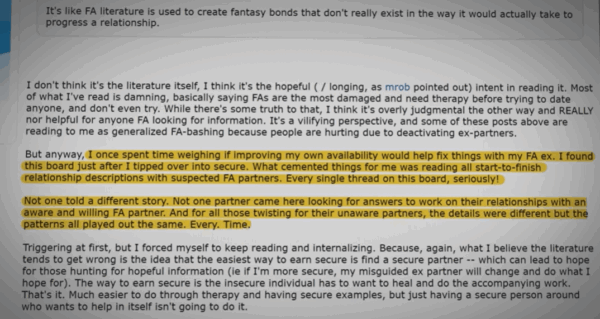
“…I once spent time weighing if improving my own availability would help fix things with my FA ex. I found this board just after I tipped over into secure. What cemented things for me was reading all start-to-finish relationship descriptions with suspected FA partners. Every single thread on this board, seriously!
Not one told a different story. Not one partner came here looking for answers to work on their relationships with an aware and willing FA partner. And for all those twisting for their unaware partners, the details were different but the patterns all played out the same. Every. Time.”
“Here’s the hard truth.” Most avoidants, even when they’re aware of their avoidance, don’t bother to come back to center.
I showed you one comment on one forum.
But it wasn’t just this one story I stumbled across, it was countless stories of people trying to make things work with their avoidant partners.
The details varied, but the pattern was always the same—an avoidant partner, emotionally distant, unwilling to meet in the middle.
And that’s the real challenge. It’s not just about awareness; it’s about the willingness to do the hard, uncomfortable work of facing your shadow, your defenses, and your deepest fears. But most avoidants won’t. They stay in their comfort zone, locked behind their facade, because it feels safer than risking vulnerability.
So, if you’re avoidant, and you’re even open to the idea of doing shadow work—of confronting the parts of yourself you’ve been hiding—you’re already miles ahead in my book.
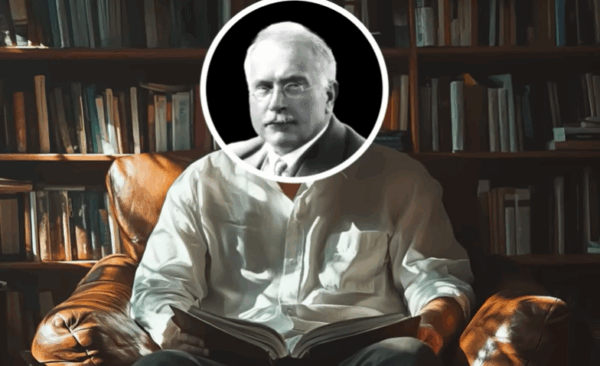
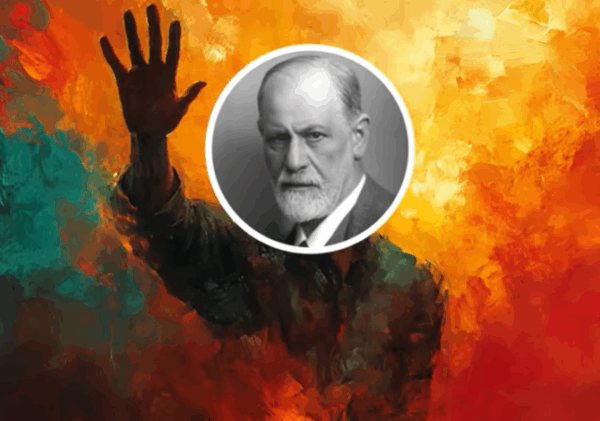



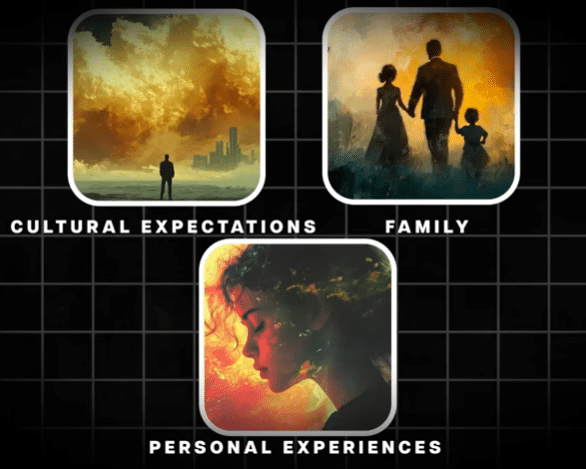

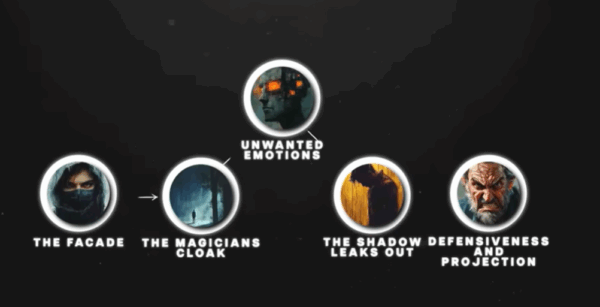

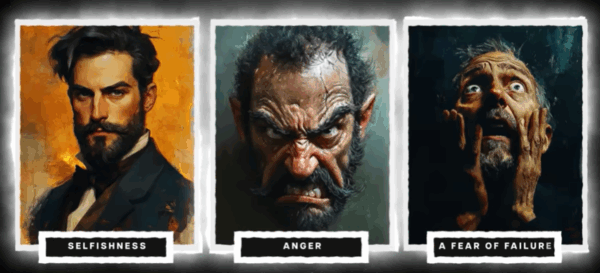


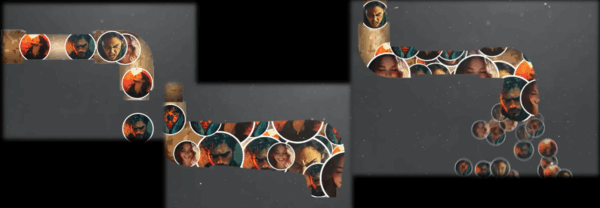
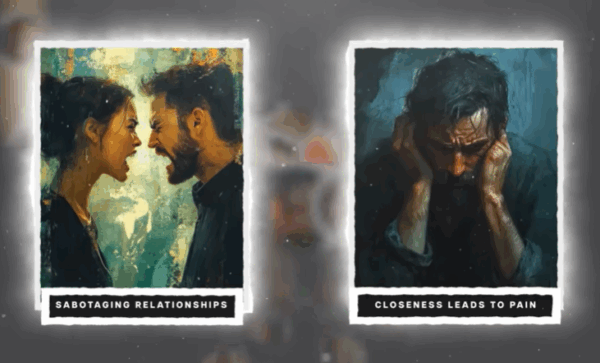
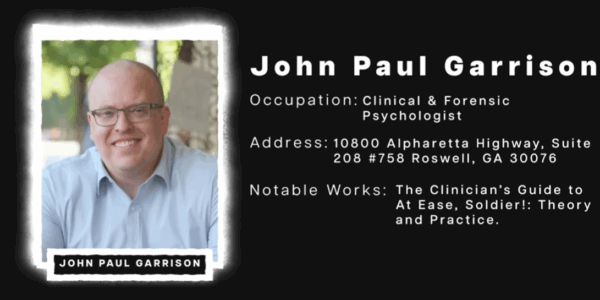
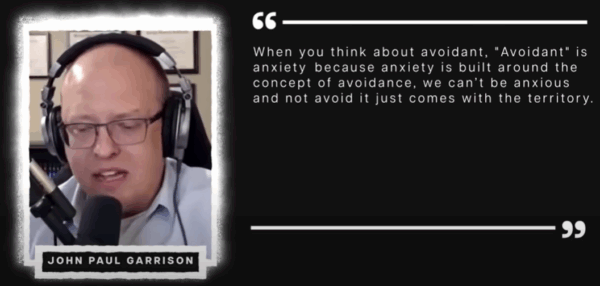
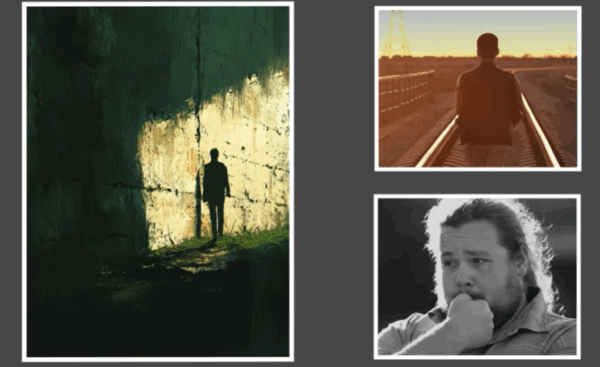
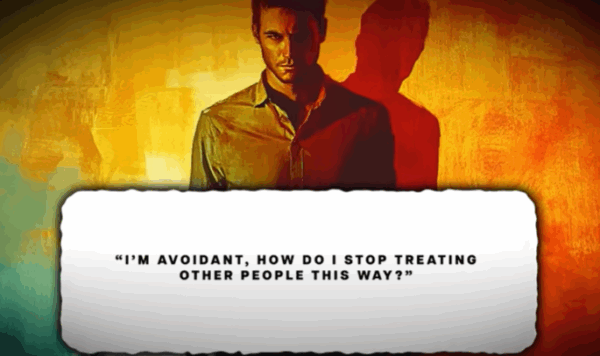
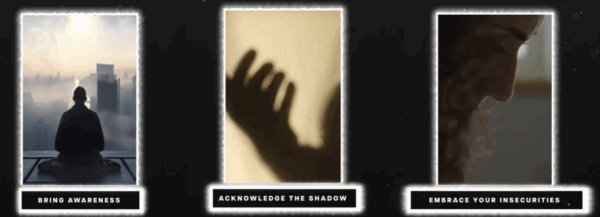


Alexa
July 10, 2025 at 2:26 pm
We’re avoidant because we have been deeply betrayed in the past by people we have loved, our parents. I was raised by a narc mother and father left when things got though. So this creates this deep wound that never heals and from there a fear is born, to be used again and thrown out like garbage. To love someone, open our hearts and get stabbed one more time. As simple as that. This is the worst thing you can imagine, it shatters you to pieces, trust is broken etc..The only way this cycle of doom can end is cutting off contact w/toxic people, doing the inner work and finding someone that finally love us unconditionally.